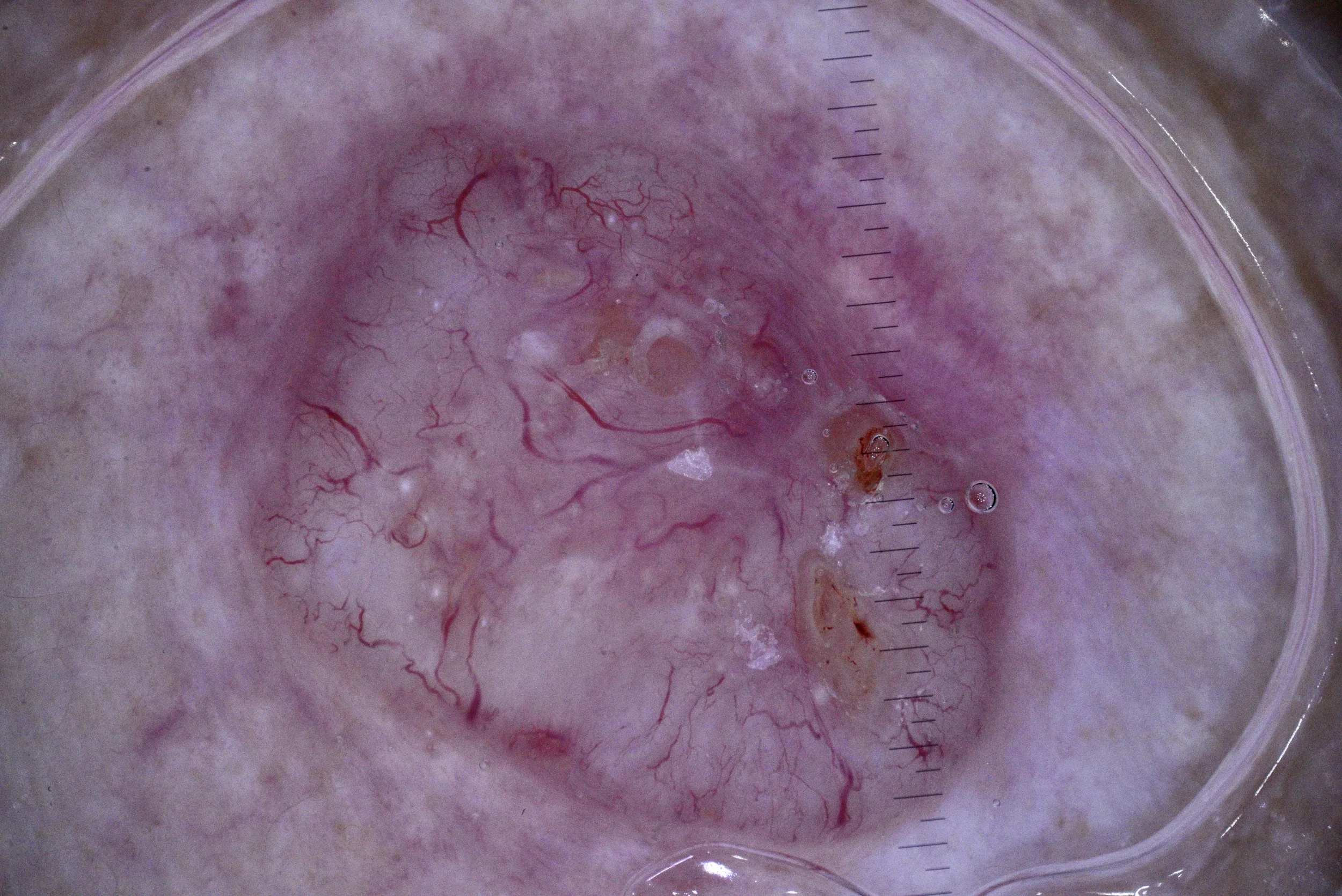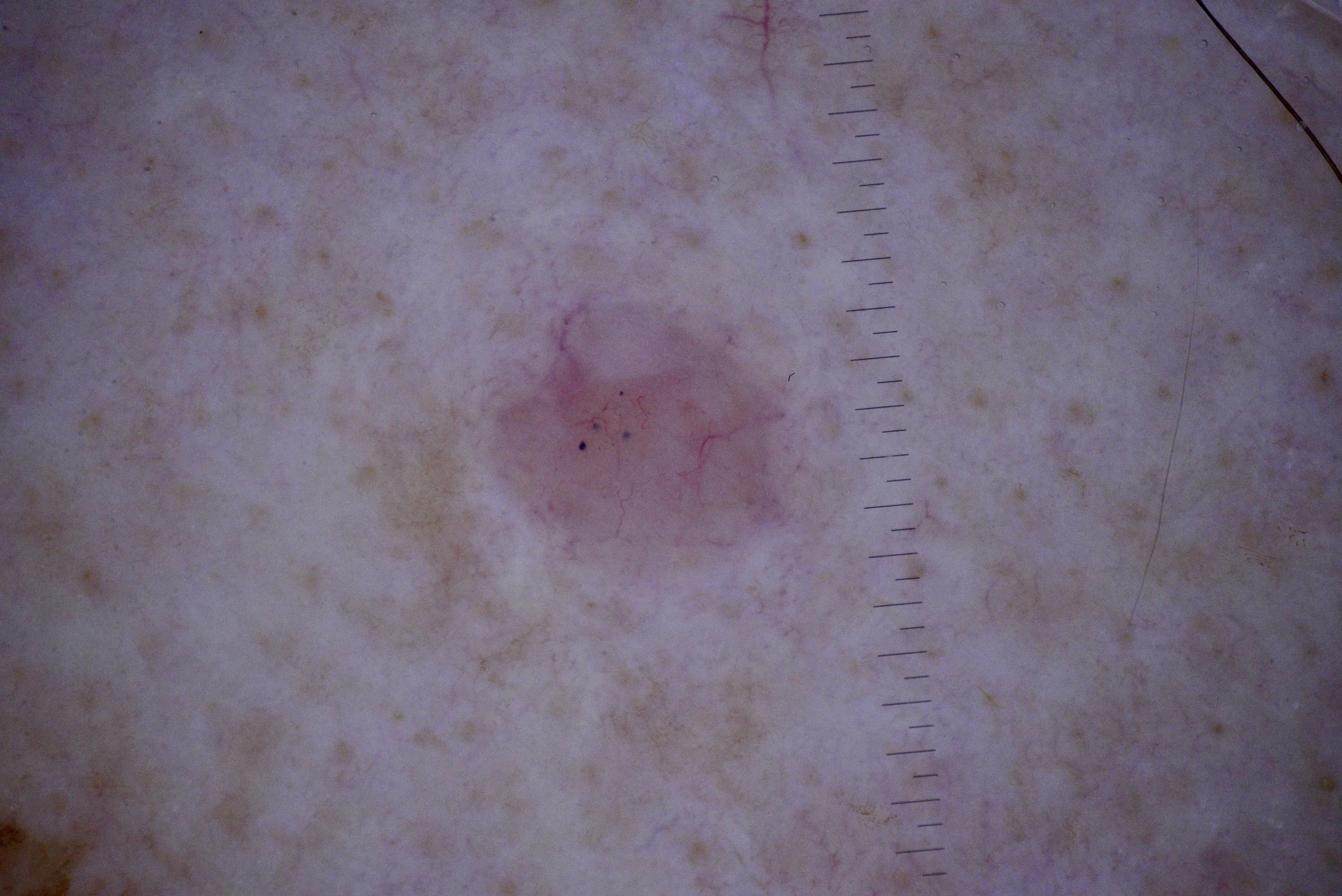The most common but least talked about Cancer
Basal Cell Carcinoma (BCC) is thought to be the most common of all cancer’s diagnosed and treated world wide. However it will not be found on on a list as the numbers of BCC’s diagnosed and treated in Australia are not recorded on any Cancer Registries. Throwing out some numbers, it is estimated that 70% of Australians will develop a BCC at some stage in their life; approximately 700,000 BCC’s will be diagnosed and treated in Australia each year, this compares to 26,000 annual cases of Prostate Cancer, Australia’s other ‘leading” cancer by numbers; and most skin cancer doctors working full time in Australia will diagnose and treat around 700 BCC’s each and every year.
Thankfully BCC’s rarely metastasise (spread to other parts of the body) and therefore cause very few deaths. However they can and do cause significant morbidity as most BCC’s require excisions and some BCC’s if not detected and treated early can invade important parts of the body like ear and nose cartilage, nerves and bone.
The two pictures below are both BCC’s seen on the same patient on the same day. The pictures are taken with a dermatoscopic lens which shows the distinctive aborising (branching) blood vessels seen in BCC’s. This is a typical feature I look for during a skin check to help diagnose BCC’s. The larger BCC was quite obvious and the patient was already concerned about it. The smaller lesion on the back was not noticed by the patient but found during the full skin check. Both of these BCC’s were excised before they had a chance to invade or destroy any important structures.
BCC’s most commonly first appear as a pimple like structure on the skin that does not go away. They may bleed spontaneously. They are often ignored for some time as they can be quite slow growing. As they grow they generally develop into pink, pearly lumps on the skin, or flat sores that never heal. Occasionally the aggressive types of BCC can grow like a flat white/pink scar-like patch on the skin.
In my clinic about 80% of BCC’s require a formal excision. This is where the BCC and some surrounding skin is cut out and the wound sutured closed. Most of the time this is achieved with a simple ellipse excision but sometime a flap or a skin graft is required to close the wound as the BCC has grown too big or it has grown in a tricky location (around eyes, nose, lips or ears).
Like all cancers, the earlier a BCC is found and easier it is to eradicate. Having regular skin checks will ensure these cancers are found and removed quickly and effectively.

